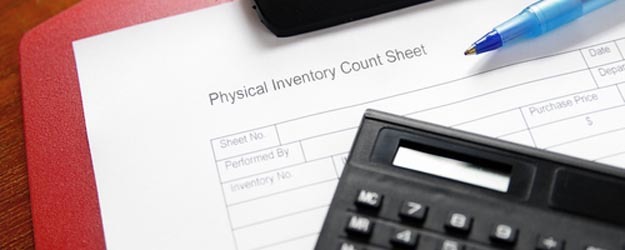
What is a home inventory, you ask? Once created, it will be the most valuable item in your house.
Did you get a great gift for the holidays? Maybe a diamond ring, a new musical instrument or a beautiful watch? All of these items should be insured, and, just as importantly, added to your home inventory.
Here are three ways you can create a home inventory.
1. Make a record of every item in your house that you would want and expect to be covered by your insurance. This list should include your computers, TVs, jewelry, antiques, china, art, furniture, gardening equipment, tools and many other things. Include serial numbers if you have them, and take pictures of each item. Mark down the item’s condition, and how much you paid for it (including a receipt image would be ideal).
2. Create a home inventory video. Videotape all of the valuable items in your home, making sure to zoom in on the smaller items. You should still document, whether by video, in an accompanying report or in a mobile app, their serial numbers and other identifying markers.
Note: The more specificity you include in your home inventory, the more likely you’ll be able to get a claim filed quickly, and at the right amount, should anything ever happen to your stuff.
3. Use an app. There are several software programs and apps available to help you create a home inventory. If you are insured by Safeco, you can use their Home Inventory app. Not only can you take photos of your items and record details about them, you can save your entire inventory to the cloud – all for free. Download the app for iPhone or iPad and get started today!
This is an opportunity to learn the real value of your items, especially art and jewelry, and serves as a reminder to get them appraised often. The value of these types of items can go up over time, so you should also make sure they are insured for the right amount. Be sure to check with your agent to make sure your policy covers all your belongings, even the most personal and valuable items.

